
All categories
Featured selections
Trade Assurance
Buyer Central
Help Center
Get the app
Become a supplier

(1182 products available)














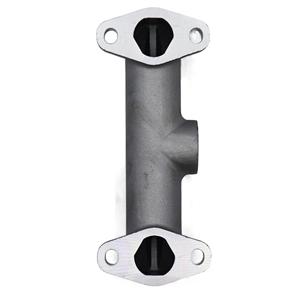







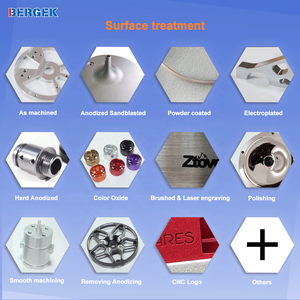


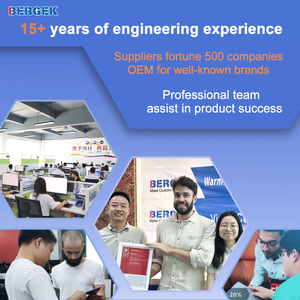








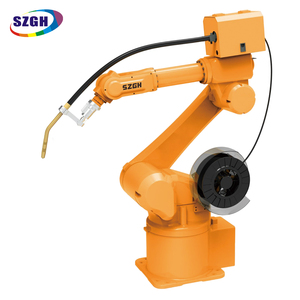



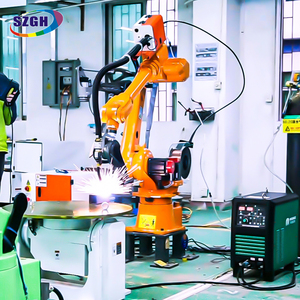













The primary application of beam machining is metal cutting through vaporization. Initially aimed at precisely cutting metals, EBMs have now developed the capacity to perform diverse cutting tasks on materials with varying atomic valencies. EBMs can cut an extensive array of materials, from metals to ceramics, making them an invaluable tool in numerous industries. The electron beam machining process types can be broadly classified into the following:
Precision Cutting:
The primary aim of an electron beam machine is to make precision cuts in materials. This is accomplished through the process of evaporation penetration when the electron beam strikes the workpiece. High-velocity electrons collide with atoms in material composition, resulting in evaporation and forming cuts of varying complexities, such as notches, slots, grooves, and other intricate patterns.
Drilling:
In Electron Beam Drilling, the electron beam impacts the workpiece and creates holes or cavities of varying shapes and sizes. The workpiece material is penetrated using the heat generated by the evaporating electron beam and material. EB drilling is applied in several ways, such as making deep holes in turbine blades for cooling, creating lightweight structural components like honeycomb holes, and fabricating micro-holes in medical and filtration devices.
Surface Modifications:
The beam current density, time of electron bombardment, temperature, and other parameters can change the material's properties when an electron beam impacts the workpiece surface. Electron beam machining can enhance a material's surface with properties like improved hardness and increased wear resistance. It can also alter a surface's structure with fine textures and patterns as it can melt and solidify directly onto the surface. Furthermore, it can also include impurity elements to change the chemical composition and anneal to alter the internal structure of the workpiece surface.
Joining:
One or more pieces of materials are welded together using electron beam welding (EBW), a fusion welding process. This process joins workpieces by melting them through the heat generated by the electron beam. It is mainly characterized by its deep penetration, small heat-affected zone, and rapid cooling rates, which create high-quality welds. It is widely used in aerospace, automotive, medical device manufacturing, and defense industries. Electron beam welding is crucial for creating strong, precise welds in high-value applications where traditional welding methods may be unsuitable.
Correct maintenance and care of the electron beam machine can guarantee its stable operation and prolong its service life. Some general maintenance tips are as follows:
According to market predictions, the global electron beam machining market is poised to expand at a steady pace between 2022 and 2032. The electron beam machining market shows growth opportunities in application industries like aeronautics, automobiles, medical care, and the production of precise parts.
The surge in the global advent of minimization technology is fueling the electron beam machining market demand. Electron beam machining assists in shaping and refining small and intricate parts and components. These include machine parts for the aeronautics and automobile industries. Tight tolerance and precision of up to ±0.001 in are easily achievable with electron beam machining, thereby making it an industry's first choice for electron beam cutters and engravers.
The trend of metallizing non-metallic substrates is expected to create substantial opportunities for the electron beam machining market. Cars and airplanes frequently use non-metals like ceramics and composites. The electron beam machine makes it possible to increase the mechanical strength of non-metals by coating a thin metal layer upon them, thereby improving their qualities and make them fit for use in crucial applications in the automobile and aeronautics industries.
The rise in the burgeoning demand for quality and increased lifespan of products is set to positively impact electron beam machining. Laser machines, including laser engraving machines, are the main competitors of electron beam machines. Laser machines provide similar results and solutions in the same application industries. However, no other machine offers the level of accuracy and durability of the part produced as electron beam machines. The EBM machine is now the preferred method for completing tasks that need the highest level of quality.
Coil springs, shafts, gearbox cases, valve bodies, pump cases, fuel injector nozzles, and turbocharger housings are just a few examples of the prevalent applications of the electron beam machine in the aeronautics and automobile industries. Their lifespans are extended, and their quality is improved with the frequent use of the electron beam machine.
The medical instrument industry also makes extensive use of the electron beam machine. Intricate instruments like valves, catheters, endoscopic components, and biopsy forceps are produced using electron beam machining technology. Electromedical component industry leaders are well acquainted with how vital electron beam machines are to the production of high-quality medical equipment.
When choosing an electron beam machining for sale, industrial buyers must look for great features. The machining beam should offer flexibility. It will perform different machining tasks under varying workpiece conditions. Also, the electron beam machine should have a high-precision capability. It will enable buyers to produce components with fine tolerances and intricate geometries. Look for an electron beam machine that has efficient vacuum systems. They will enable faster processing times and reduce setup.
Consider the power levels offered by the EBM. An ideal machine should have a range of power settings. It will allow buyers to customize the electron beam energy according to the specific machining requirements. Additionally, business buyers can opt for electron beam machines with automatic features. Automated processes improve consistency, reduce operator intervention, and enhance overall efficiency.
Choose a beam electron machine with reliable and sturdy construction. It will ensure long-term performance and minimal downtime. Buyers can also consider machines with easily replaceable parts and components. It will simplify maintenance procedures and reduce equipment. If unsure about a certain electron beam machine, buyers can request a demo first. Check the machine's performance, capabilities, and suitability for the intended application. Finally, business owners can consider the size and weight of the EB machine. Choose one that fits the existing production line.
Q1: Why are ion beams and electron beams used in the machining process?
A1: Electron beams and ion beams are favored in beam-based machining for their inherent energy concentration capability. Both can channel substantial energy into minuscule regions, igniting and fostering diverse chemical reactions, including combustion, dissolution, and vaporization, instrumental for material alteration and processing.
Q2: What is the reason behind the increasing importance of electron beam machining in the modern era?
A2: In a landscape increasingly dominated by miniaturization, the capacity of Electron Beam Machining (EBM) to effectuate alterations at the micro and nano scales has rendered it indispensable. Its unparalleled precision, coupled with the capability to modify materials of varied intricacy and configuration, has established EBM as the preferred methodology in sectors necessitating the production of diminutive, intricate, and extensively curated components.
Q3: What types of materials can be processed using electron beam machining?
A3: The Electron Beam Machining process is versatile, applicable to various materials. This spectrum encompasses metals such as steel, titanium, inconel, cobalt, and other alloys, ceramics, plastics, and compounded materials. Notably, Electron Beam Machining's efficacy in alloy materials, characterized by complex structures and elevated resilience, underscores its significance in contemporary manufacturing.
Q4: How does the cost of electron beam machining compare to other machining methods?
A4: While the electron beam machining cost can be higher than conventional methods like laser cutting or EDM, its precise cutting, deep penetration, and ability to minimize material loss offer advantages that can offset the initial investment in specific applications.